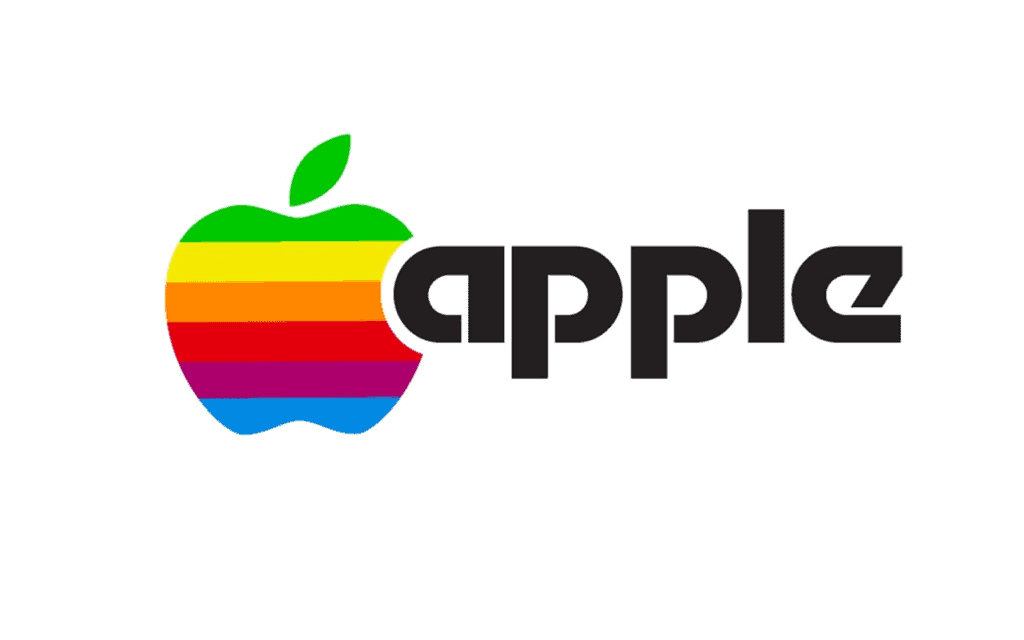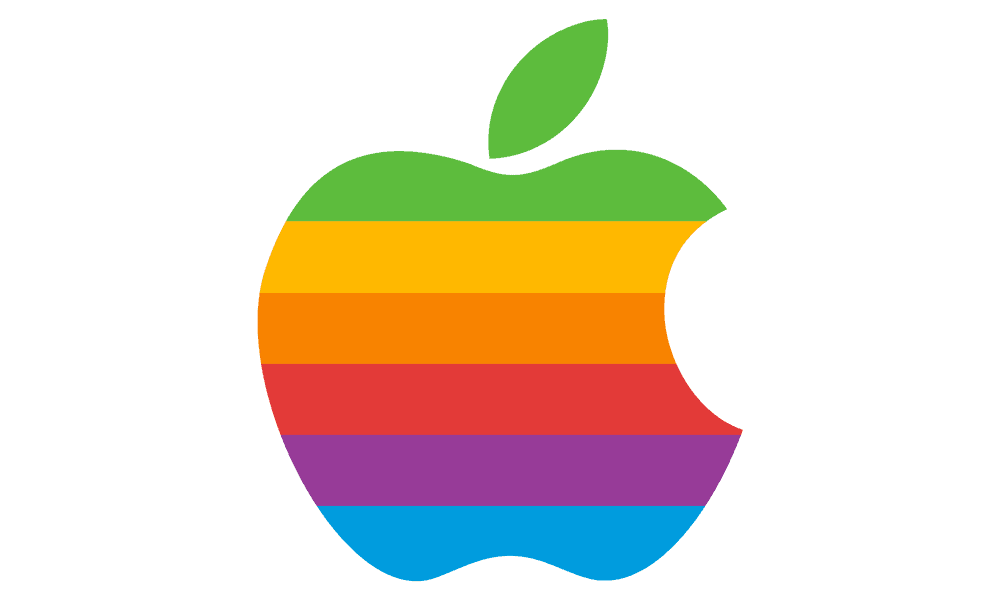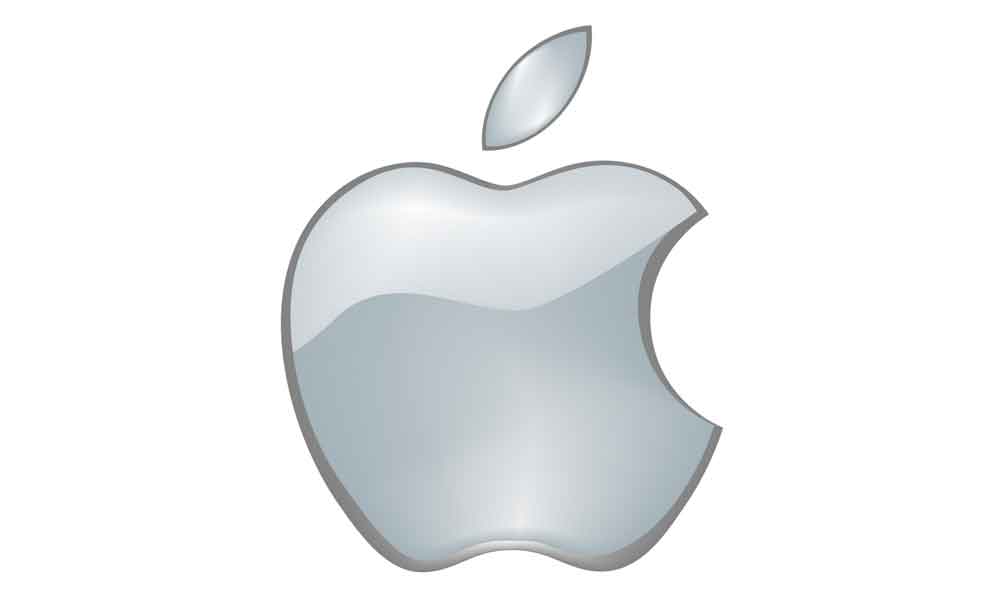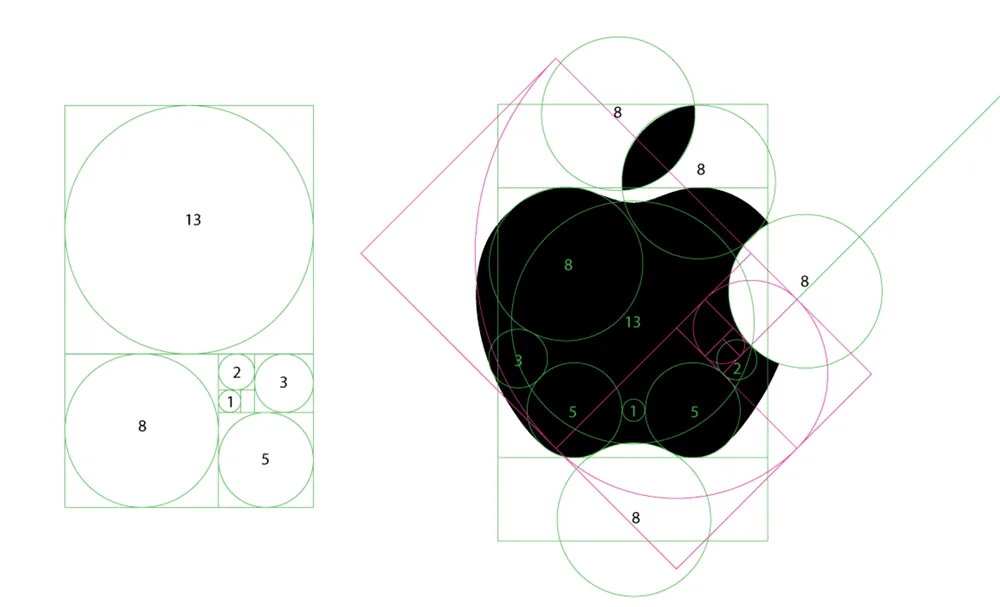The Apple Logo History, Meaning and Evolution
Apple is a company that has changed the technology industry, and its influence is felt far beyond the borders of Silicon Valley. The company's influence stems from its ability to create innovative products with intuitive design and ease of use. From the first Macintosh computer to the latest iPhone, Apple has consistently made high-quality products that have been well-received by customers.
But things have not always gone smoothly for Apple. The company had to endure numerous setbacks and failures before it became the powerhouse it is today. In the late 1990s, Apple was on the brink of bankruptcy, and it was only thanks to Steve Jobs' vision and the company's commitment to innovation that things turned around.
One of the key factors in Apple's success is its strong branding, led by its iconic logo design. The famous apple logo with the bitten apple has become one of the most recognisable symbols in the world. It is a symbol of innovation, quality and excellence.
But what is the story behind the famous Apple logo?
Table of Contents
When was Apple Established?

Apple Inc. is a technology giant that needs no introduction. Founded in 1976 by Steve Jobs, Steve Wozniak and Ronald Wayne, the company has enormously impacted the technology industry and the world.
In the company's early days, Apple was just a small startup with big dreams. Two weeks after its founding, Wayne sold his shares in the company for just $800. While this may seem like a small price to pay for a stake in a company that would eventually become one of the largest in the world, we should remember that Apple was still in its infancy at the time, and success was far from certain.
One of the reasons for Apple's success was its focus on user-friendly technology. In the 1970s, computers were still relatively new, bulky and cumbersome. Apple saw an opportunity to change this by making computers more portable and user-friendly.
This focus on innovation and ease of use led to the development of the Apple I, the company's first computer. While this was far from perfect, it was a significant step in making computers more accessible to the general public. The Apple II, launched in 1977, was an even more enormous success and became one of the most popular personal computers of its time.
One of the key factors in Apple's success was its commitment to innovation. The company constantly pushed the boundaries of what was possible and wanted more than the status quo. This pursuit of innovation led to the development of some of Apple's most famous products, such as the Macintosh computer, the iPod and the iPhone.
Today, Apple is a giant in the technology industry with a market capitalisation of over $2.4 trillion. Despite its enormous size, the company continues to innovate and push the boundaries of what is possible. From the development of new technologies like augmented reality to the continued evolution of its iconic products, Apple remains at the forefront of the technology industry, shaping how we live, work and communicate.
Apple's impact is profound in the digital marketing world, as seen by the extensive engagement their product launches receive on social media platforms like Facebook. The concept of Facebook views has become a key metric in measuring online visibility, reflecting the importance of a strong digital presence in today's connected world.
The Original Apple Brand (1976)

Apple's first logo from 1976 shows Isaac Newton reading a book under an apple tree. This striking and instantly recognisable image is one of the most famous logos in the world and is closely associated with the company's early history and values.
The logo was designed by Ronald Wayne, one of Apple's three co-founders, who is often overlooked in the company's history because he was only with the company for a short time. Wayne was instrumental in designing the first Apple logo, which was intended to represent the company's mission to advance knowledge and education through technology.
The image of Isaac Newton under an apple tree is a powerful and timeless symbol encapsulating Apple's core values of innovation, creativity and intellectual curiosity. It represents that new ideas and breakthroughs can come from unexpected sources and that we can change the world through exploration and discovery.
The Apple Logo Evolution
The ‘Apple' – 1977

In the mid-1970s, Steve Jobs recognised the importance of branding and the need to create an easily identifiable image for the fast-growing Apple Computer company. He felt that the original Apple logo designed by Ronald Wayne needed to be updated and easier to reproduce on a smaller scale. So Jobs enlisted the help of a professional graphic designer, Rob Janoff.
Janoff was asked to design a logo reflecting the company's commitment to innovation, technology and modernity while incorporating the brand name “Apple. After much experimentation, Janoff came up with a design that has since become one of the most recognisable logos in the world: a rainbow-coloured apple with a piece bitten out of it.
The new logo differed significantly from the original design and had a more modern look aligned with the company's vision. The colourful stripes on the apple stood for the Apple II, the world's first personal computer with a colour display, and symbolised Apple's leading role in technology.
The logo's lack of bite has often been debated, with various theories regarding its meaning. Some think it represents the bite in technology, while others see it as an allusion to the famous story of Adam and Eve being tempted by the forbidden fruit.
However, the real reason for the bite in the Apple logo was more practical. Janoff explained that the bite served to distinguish the apple from a cherry, as the two fruits have a similar shape and colour. The bite also gave the logo a sense of scale, making it recognisable and easy to reproduce on different materials and sizes.
The Revised Apple Logo (1984)

For almost a decade, the Apple logo designed by Rob Janoff remained relatively unchanged, with only minor changes to the typography and colours. However, the most significant change to the logo occurred in 1984 with the introduction of the Macintosh computer, which would change the world of personal computing forever.
Coinciding with the launch of the Macintosh, Apple turned to brand and design firm Landor Associates to develop a new visual identity for the company. The goal was to create a more streamlined and modern logo yet still highly recognisable.
The designers at Landor Associates took a bold step and decided to remove the company's name from the logo entirely. This decision reflected Apple's growing global recognition and the company's desire to be recognised solely by its iconic symbol.
Going Monochrome (1998)

In 1986, Steve Jobs, one of the co-founders of Apple, was forced out of the company due to disagreements with the management team. Jobs then co-founded NeXT Computer, a company that specialised in developing high-performance workstations for the education and corporate sectors.
However, jobs' return to Apple in 1997 marked a turning point in the company's history. Apple was on the verge of bankruptcy, and the board turned to Jobs to save the company. Jobs immediately set about revamping the company's image, starting with the logo.
The previous rainbow logo, designed by Rob Janoff, was replaced with a new, sleeker logo that complemented Apple's new design language. The new logo was a translucent grey that matched the colour of the first iMac, which they launched in 1998. The iMac was a milestone for Apple, and the new logo was meant to reflect the futuristic look of the iMac.
However, Jobs later decided to change the logo to monochrome black, which he felt better represented Apple's new image as a luxury brand. The switch to a monochromatic design was a bold move but proved successful: the black logo became synonymous with Apple's elegant and stylish aesthetic.
The logo change also reflected Jobs' preference for skeuomorphism, a design style that mimics natural objects to make interfaces more intuitive and user-friendly. The Apple logo was no exception, as the design was intended to make users feel familiar and comfortable with the brand.
The ‘Aqua' Apple Logo Design (2001)

Apple has undergone several logo changes throughout history, reflecting its evolving design language and brand identity. One of the most significant years for the brand was 2001, when Apple released its macOS 10.1, codenamed Cheetah, with a new aqua-coloured Apple logo.
This release was significant as it marked the beginning of a new era for Apple. In addition to Cheetah, the company launched several new products that quickly became popular, such as the iPod and iTunes. The success of these products helped Apple record profits and consolidated the company's position as a leader in the technology industry.
The Current Apple Logo (2007 Onwards)

In recent years, Apple has significantly changed its logo design, moving away from a glossy 3D design and towards a minimalist, flat design. This change reflects the company's focus on simplicity, elegance and sophistication in its products and branding.
The new flat Apple logo has become the face of the company and is instantly recognised worldwide. The design features a simple, monochrome apple with a bitten apple sitting elegantly on a white background. The logo's simplicity perfectly matches the company's low-carbon aluminium devices, giving them a premium, luxurious look and feel.
This change in the design language of the Apple logo is part of an overall trend towards minimalism in design. By streamlining the design, Apple has created an elegant and timeless logo that can withstand the test of time and remain relevant in an ever-changing world.
The flat design of the logo also makes it more versatile and adaptable to different contexts and platforms. It is easily scalable and can be used in digital and physical media without losing its visual impact.
Overall, Apple's move to a flat, minimalist logo design reflects the company's focus on simplicity and elegance. The design perfectly complements the company's product range and helps to reinforce the brand identity as a leader in technology and innovation.
What Makes the Apple Logo so Effective?
The success of a logo is not determined by its design alone, but by the brand it represents. Apple's logo is a prime example of this. While simple and elegant, the logo also reflects the values and culture of the brand, triggers positive associations and leaves a lasting impression on customers.
From the beginning, Apple has been associated with innovation, creativity, individuality, zeal and revolutionary ideas. These “keywords” are embodied in the logo and help to convey the brand's message and identity. As the company has grown, its image as a non-conformist and lateral thinker has only strengthened.
All changes to the Apple logo were made for a specific purpose and reflect the company's evolution and the needs of the times. In the 21st century, when the focus was on elegant, innovative solutions, the original rainbow-coloured logo was replaced by a more straightforward, monochrome design that better represented the brand's direction.
This evolution of the Apple logo offers a valuable lesson for companies looking to build a strong brand identity. It is crucial to identify the core values and messages that represent the brand and integrate them into the logo design. However, the logo must also be adaptable to changing times and strategies, as Apple has done with its logo over the years.
Incorporating the brand's values and culture into a logo can help leave a solid and lasting impression on customers while also serving as a tool for companies to evolve and adapt to new challenges and opportunities. Following Apple's example, companies can use their logo to communicate their core values and create a unique identity that reflects their brand.

The Future of the Apple Brand
It is widely believed that Apple's future will be shaped by its services rather than hardware products. Although a clear assessment on this topic has yet to be made, it is evident that the company's services segment has played a crucial role in Apple's growth in recent years.
Apple's services segment includes several products, such as Apple Music, Apple TV+, iCloud and the App Store. These services generate a recurring revenue stream and provide the company with high profit margins. Due to the seamless integration of hardware and software offerings, Apple's services are desirable to its customers. As a result, Apple has built a loyal and dedicated customer base that returns to Apple repeatedly.
Conclusion
The Apple logo has changed since the company was founded in 1976. From the original image of Isaac Newton sitting under an apple tree to the sleek and modern design, the logo has evolved to represent Apple's values, products and ambitions. Each design change has been carefully crafted to move with the times and complement the company's brand image. As we look to Apple's future, it is clear that its services segment will play an essential role in its success. But one thing is sure: the iconic Apple logo will continue symbolising innovation, creativity and exceptional design.
